
Thony Lions, Panama’s Ethnophotographer
We spoke with Thony Lions, the first Panamanian to participate in the Atlas of Humanity, about his work and the original populations of Panama.
By Winnie T. Sitton
Photos: Anthony Tapia
Anthony Tapia, also known as Thony Lyons, is a Panamanian photographer who has spent fifteen years documenting the rich cultures of the original peoples of Panama. This work has gradually brought him increased recognition both inside and outside Panama, culminating in a career milestone: this year he was selected to participate in the 8th edition of the famous Atlas of Humanity project, which aims to map the populations that inhabit our planet through cultural, anthropological, and ethnological readings.
This international initiative was conceived and developed by curator Martin Vegas for DeFactory, a non-profit organization that encourages debate and exchange, and promotes artistic and cultural activities. The Atlas of Humanity brings together the meticulous work of 120 photographers from around the world, who document the faces and customs of surviving ancestral cultures. The project includes an international exhibition, held in Milan this year, and a virtual exhibit that can be visited at www.atlasofhumanity.org.
This accomplishment provided a good excuse to interview Anthony Tapia and learn a little more about the life and career of the first Panamanian ethno-photographer to participate in the Atlas of Humanity.
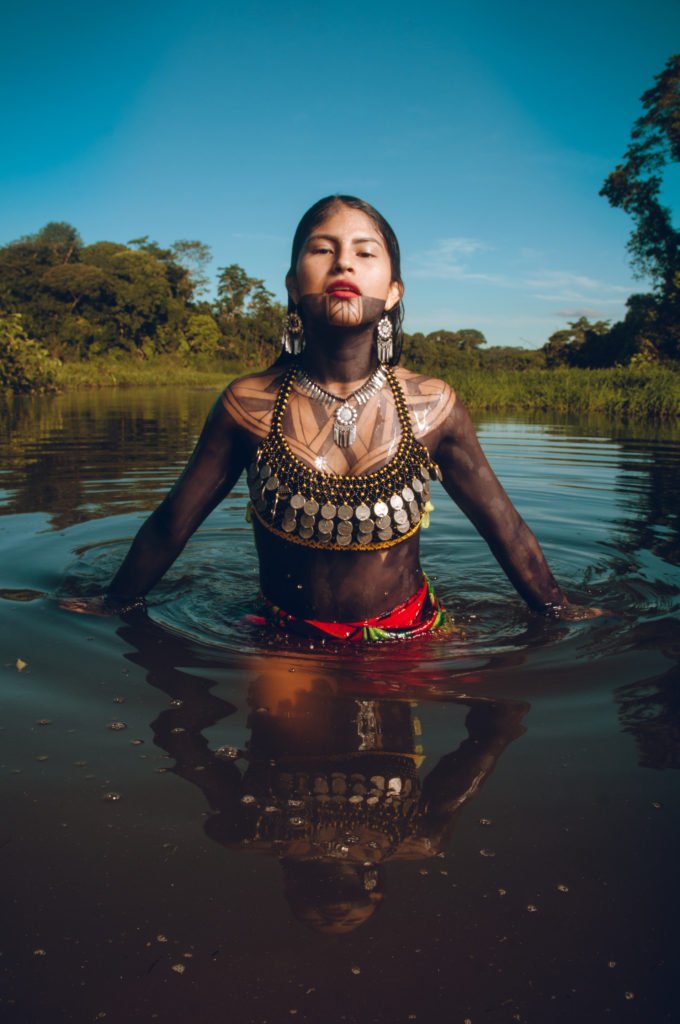
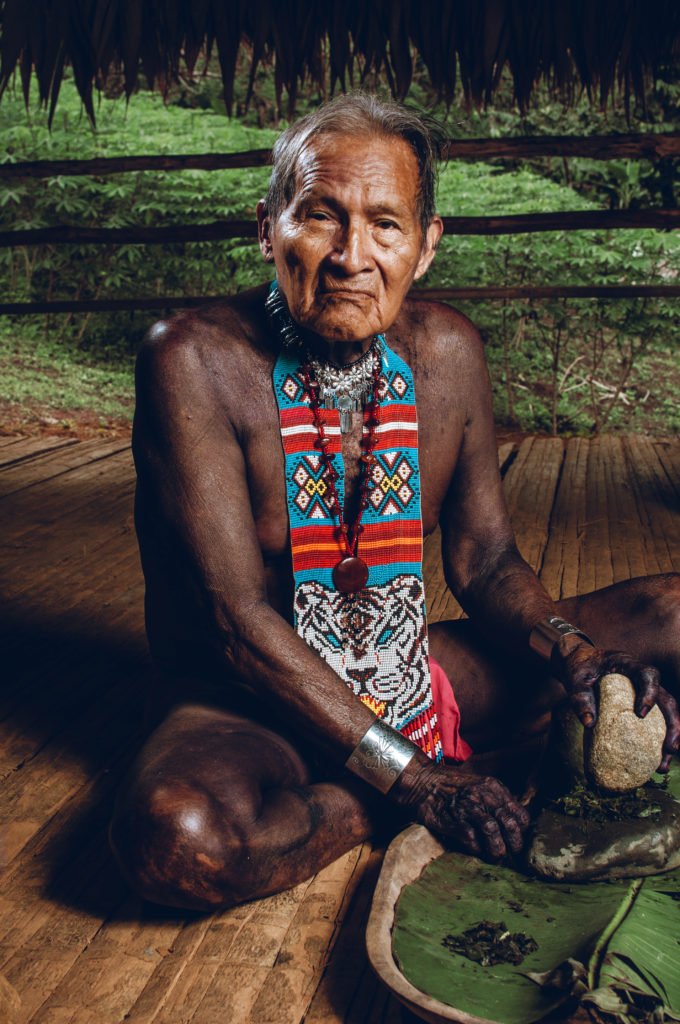
How does it feel to have been chosen for a meaningful photo project like the Atlas of Humanity?
I feel really proud to represent Panama on the international stage through the special work I do with original peoples. Being classed with photographers as renowned as those in the Atlas of Humanity is a huge step in my career, and of course that also makes me happy.
How did you get started in photography?
I’ve been taking photos since I was a child; I experimented with several styles while searching for my identity as an artist. At the age of 25, I received a camera as a gift and decided to become a professional photographer. I still have that camera. That decision motivated me to study more and do research. Furthermore, I have indigenous roots through my grandmother, and I always wondered why books on the history of Panama referred to indigenous groups by incorrect names rather than the names used by these groups themselves. I wanted to know more about their cultures, and that gradually led me to make contact and forge relationships with people from these communities. The process truly inspired me, to the degree that I decided to specialize in this type of documentation in order to introduce people to the customs of the seven indigenous groups living in Panama.
How do you get into creative mode?
In the beginning, I stumbled quite a bit when approaching the subjects of the study, but with time and experience I have learned that it’s best to be straightforward. I do research before going out into the field. Once I arrive in a community, I share their daily life to get closer to them before starting to take photos. I participate in their daily routines to familiarize myself with their customs, discover what I want to photograph, see where I need to place myself in order to stay out of the way, and intuit the best moment for a photo. Respect and the desire to understand a culture helps you succeed in such exacting work. That’s why you need to understand first and take photos second.
Nonetheless, there is the reality of money and time. How do you deal with that?
It hasn’t been easy, but I always found support through collections or donations from people close to me or interested in my work. Besides, we have been in close collaboration with these original peoples for some six years. They don’t see me as just someone trying to make money off their culture, but as someone who wants to help meet their needs. These communities make a good part of their income from tourism, so for example, I provide support by teaching them to create web pages to bring attention to what they offer. I can share some of what I know with them and that knowledge will benefit them in the future.
What’s next in your career? What are your plans?
I am collaborating with my wife, who is an anthropologist, on a book that covers the seven original peoples who inhabit Panama. It is an ambitious project that has taken us nearly ten years, but we have done 80% of the work. We still need to find money and knock on some doors, but we hope it will be finished in around four years.


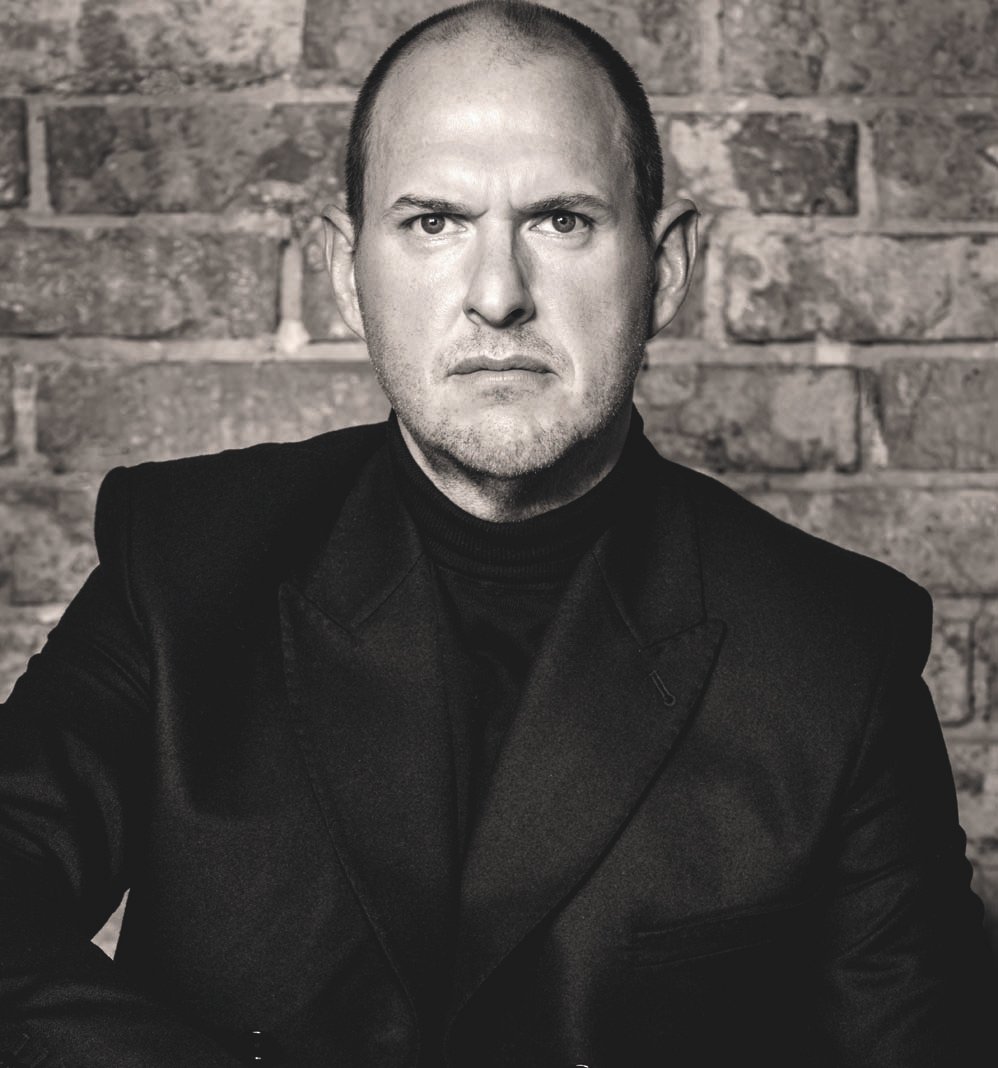

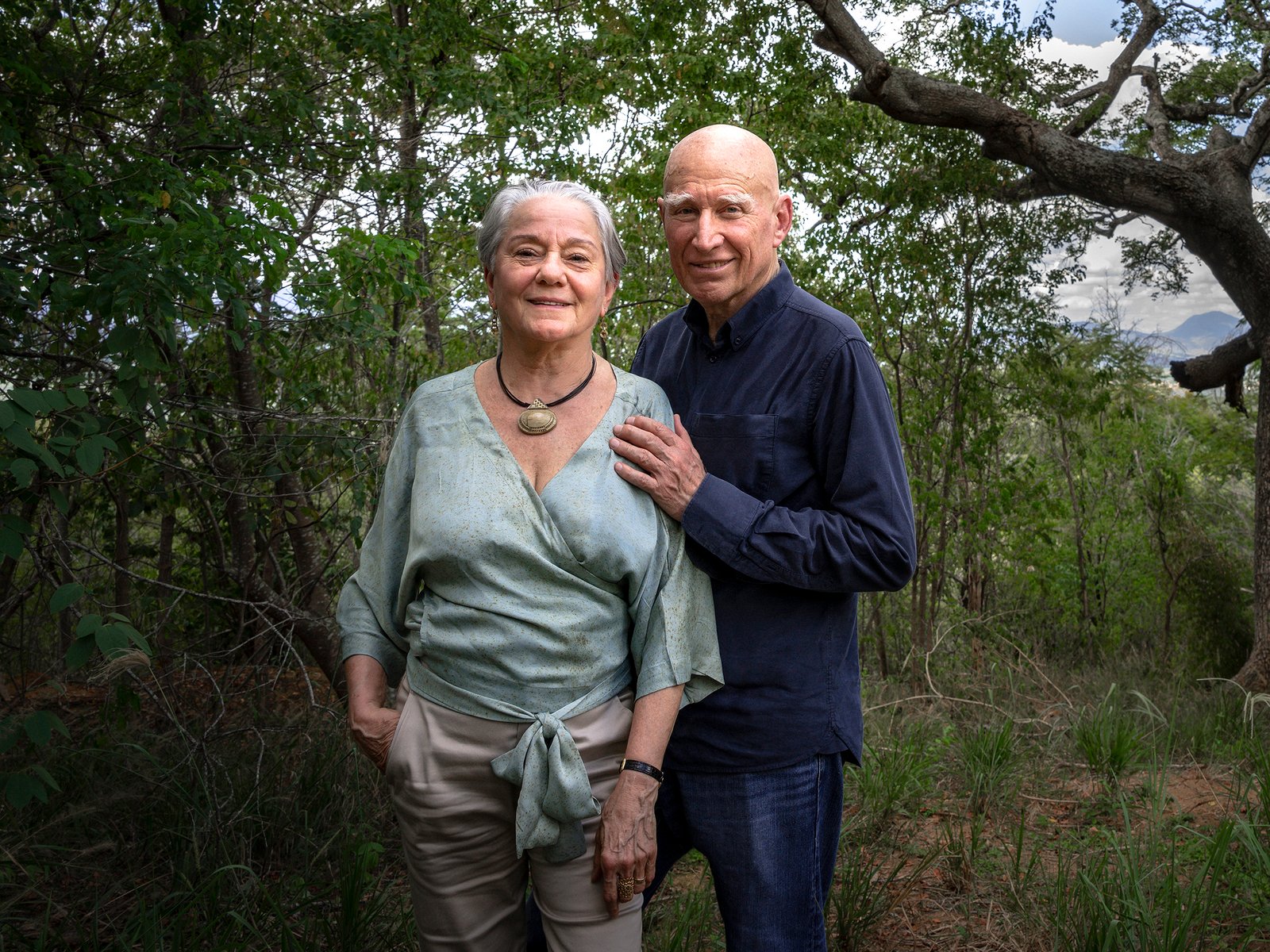
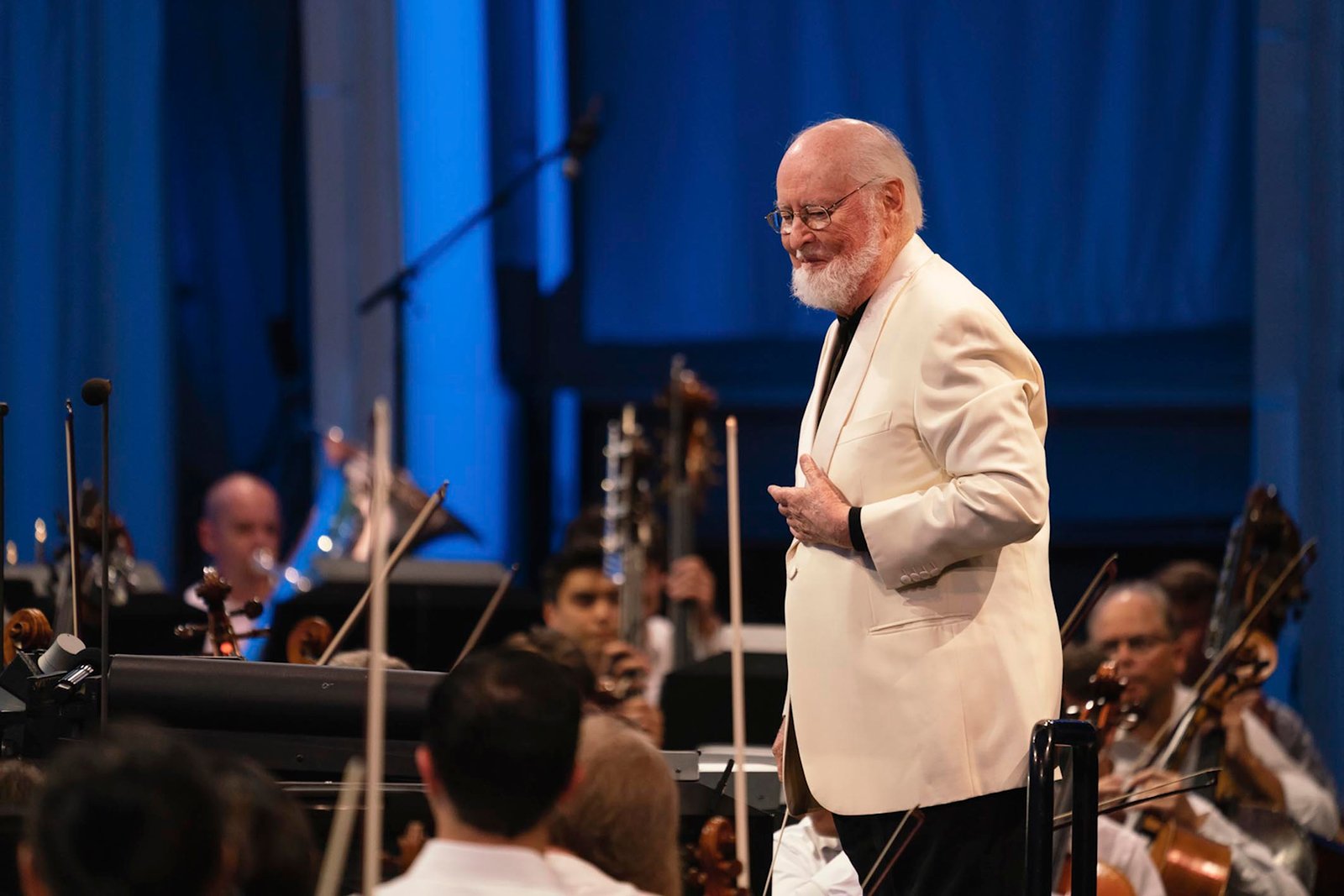
Leave a Reply